


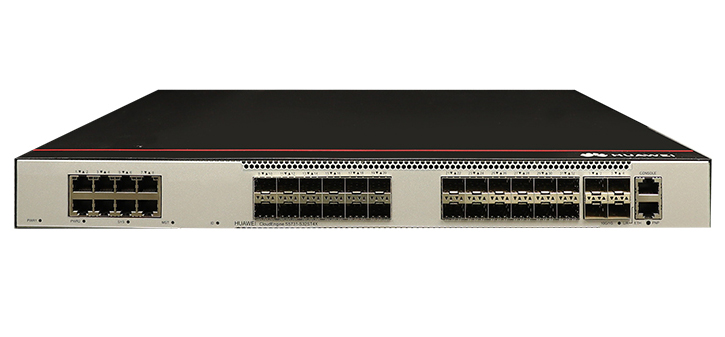



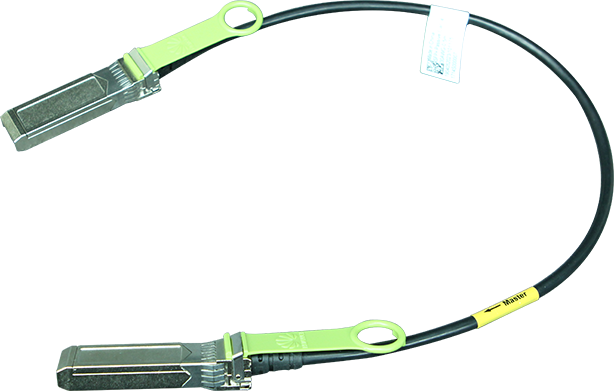
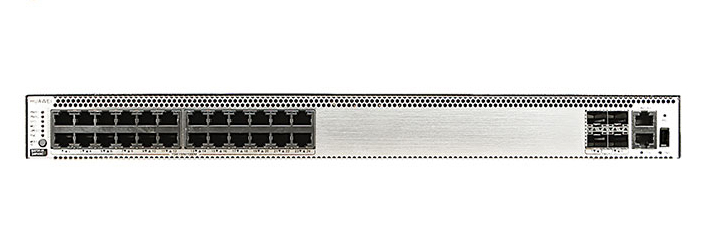



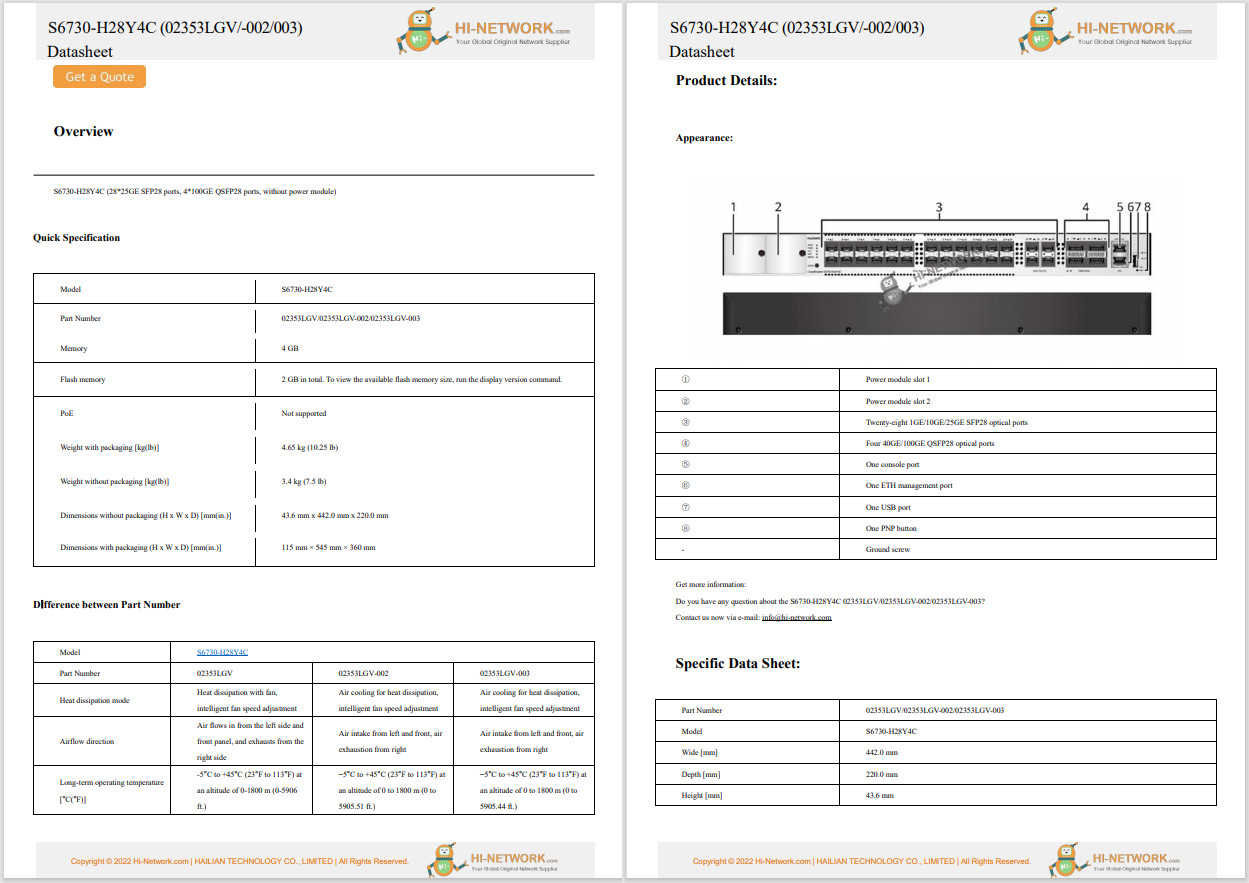

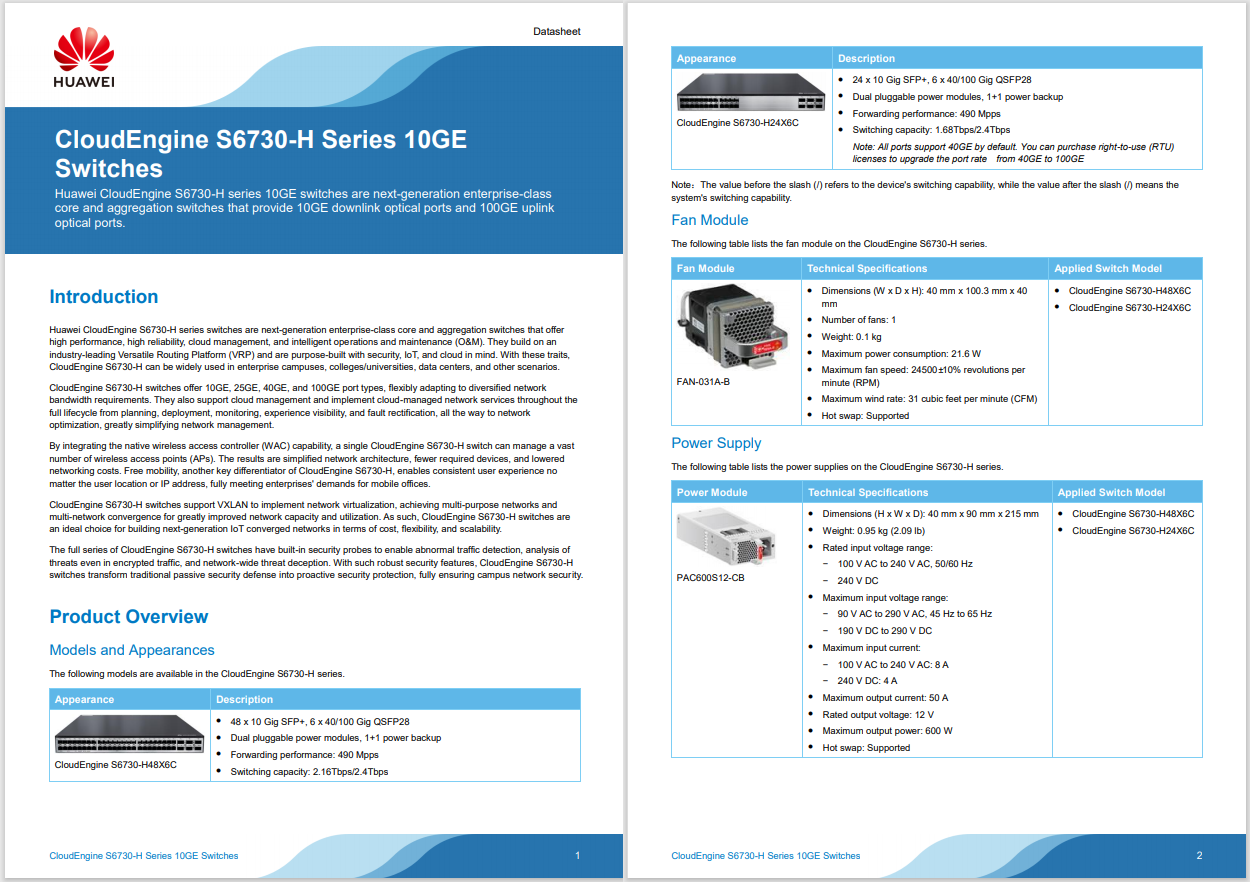




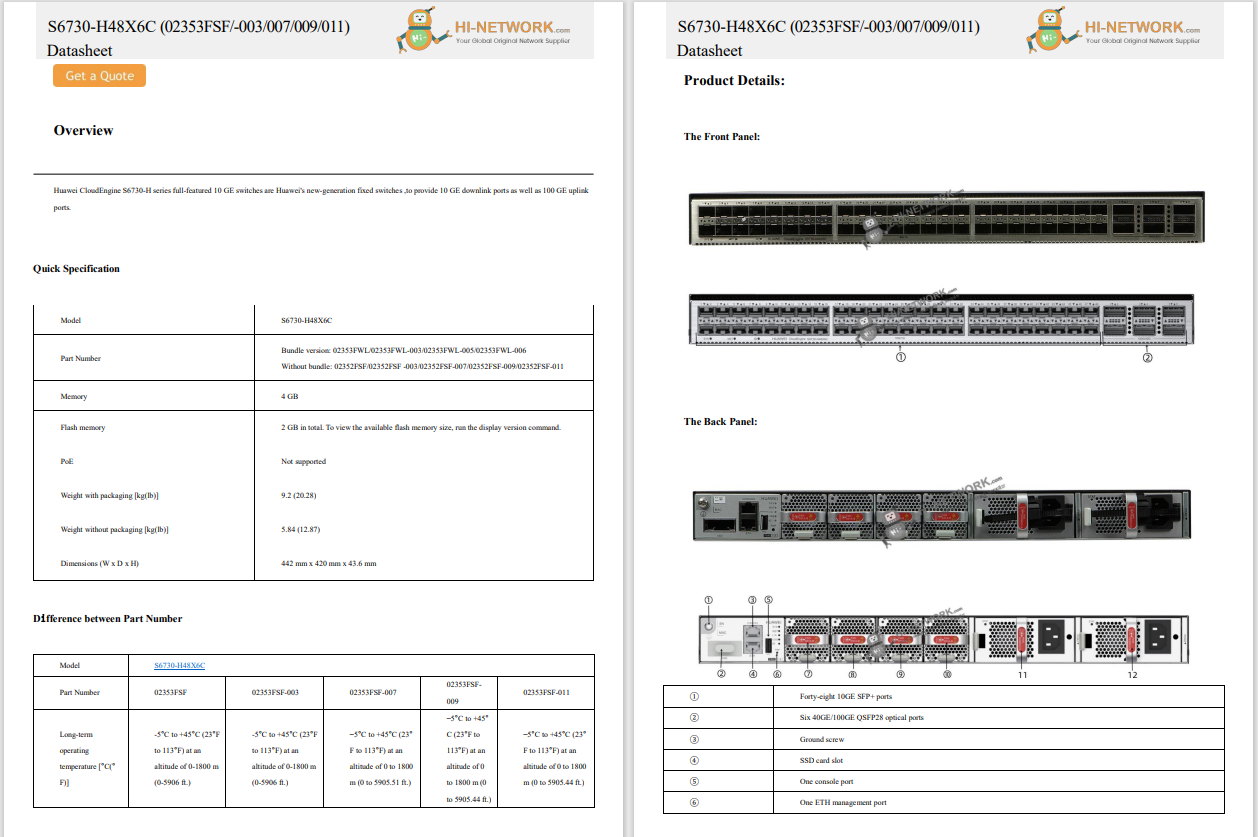
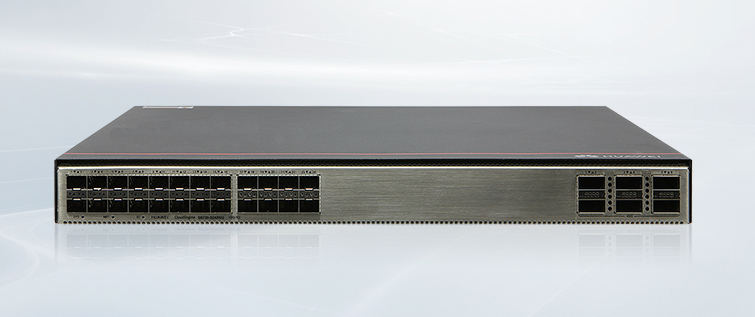




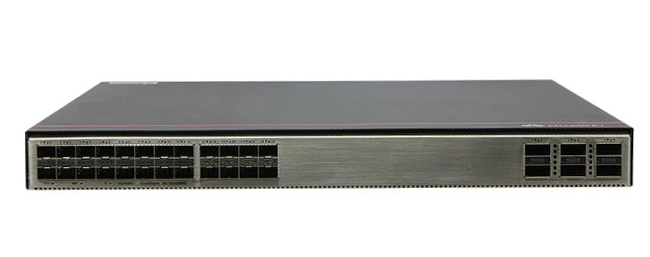


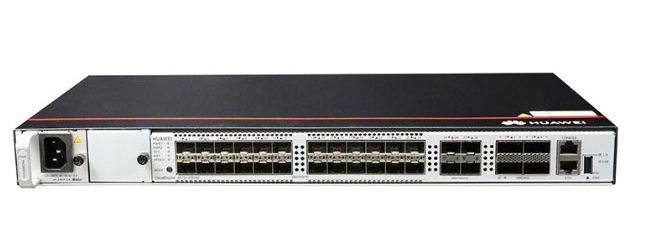
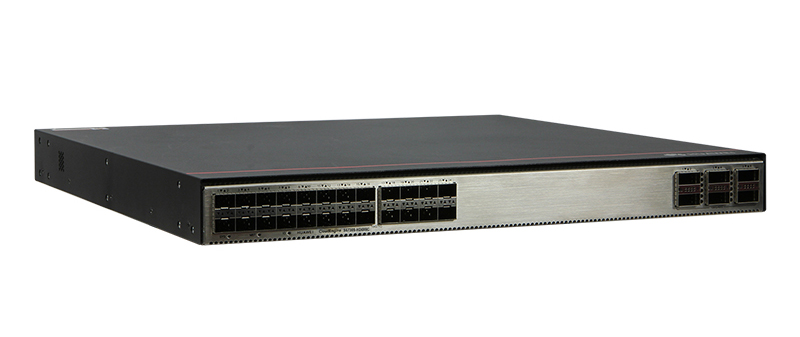



Huawei introduced the world's first tri-fold phone, the Mate XT Ultimate, in its home country late last year. A global release seemed unlikely, but after breaking preorder records -- even before its price was revealed -- it finally launched beyond China in February.
Also: I switched to a high-end dumbphone for a week, and it put E Ink (and my iPhone) to shame
The Huawei Mate XT Ultimate pushes the boundaries of what you can expect from a phone by fitting a 10.2-inch screen inside your pocket -- all in a slimmer form factor than more recent foldable phones. I've spent more than a month now with the tri-fold phone, and here's what makes it better than any other book-style foldable on the market right now.
It's hard to be surprised or excited when seeing a new phone these days, but the Huawei Mate XT Ultimate is different. Despite knowing what to expect after unboxing, I was still pleasantly surprised when I first held it in my hands and folded it into a slab-phone form.
Within my first day, I used it for browsing, multitasking, gaming, attempting to install Google apps, and simply folding and unfolding it for the fun of it.
Also: I demoed this rare tri-foldable phone at MWC - it gave me glimpse at Samsung's next big thing
If we're talking numbers, the Huawei Mate XT Ultimate is 3.6mm thin when fully unfolded and 12.8mm thick when folded. For context, Samsung's last-gen Galaxy Z Fold 5 measured 13.4mm in thickness, while the Galaxy Z Fold 6 is just 0.7mm thinner than Huawei's tri-fold.
When folded, you can feel the thickness and its 298g weight in hand, but unfold it once or twice, and it shines. The hardware feels impressive, with an inward-folding crease that is smaller than some mainstream foldables, while both hinges feel sturdy. It also sports a satisfying magnetic click when you fold it down to single-screen mode.
I can see myself unfolding the Huawei Mate XT more often than a book-style foldables -- not because of the novelty but because of the functionality. You get a 6.4-inch screen with a 1008 x 2232-pixel resolution, a 7.9-inch display with 2048 x 2232 pixels, and a 10.2-inch screen with a 2232 x 3184 resolution. Having that third display is a game-changer and solves my biggest issue with a book-style foldable.
When fully unfolded, the Huawei Mate XT Ultimate offers genuinely useful screen real estate. The Galaxy Z Fold 6 and Pixel 9 Pro Fold include thick black bars on the top and bottom when viewing 16:9 videos on the inner display -- making it hardly more useful than the cover screen. I usually unfold these phones only for multitasking and prefer watching content on the cover display, but the Huawei tri-fold changes that.
Also: Best of MWC 2025: 10 most impressive products that you might've missed
On the Huawei Mate XT Ultimate, the 10.2-inch display has a 16:11 aspect ratio, which is miles better than the more boxy aspect ratios of book-style foldables for video consumption. I've watched YouTube videos (there are a few ways to install Google apps) shot in 16:9, and my experience was fantastic -- much closer to what you'd get on a MacBook Air's 16:10 display.
It's too early to say how often I'll use the Mate XT Ultimate in three-screen mode, but I'm already sure it'll be more than I expected. The single-screen mode is perfect for texting and calls, while the two-screen mode boosts multitasking. But it's the three-screen mode where Huawei's tri-fold truly shines, delivering a more natural video experience.
The display itself is sharp and vivid, though it tops out at a 90Hz refresh rate instead of 120Hz. However, it's an LTPO OLED panel with rich colors and 1440Hz high-frequency PWM dimming to help reduce eye strain.The smaller details you should know about
Huawei hasn't officially confirmed the chipset, but the Mate XT Ultimate is reportedly powered by the in-house Kirin 9010, paired with 16GB of RAM and up to 1TB of storage. Benchmarks look promising, but more importantly, everyday use has been smooth. Animations are fluid when switching between screen modes, and so far, I haven't encountered any stutters or lag.
Also: The best foldable phones of 2025: Expert tested and reviewed
That said, the software feels outdated. The global version runs on EMUI 14 instead of the China-exclusive HarmonyOS. While functional, it lacks the polish I'd expect. It also doesn't come with Google apps, though there are workarounds -- including installing the Play Store. It takes some patience and a willingness to tinker, but you can get apps like Google Maps, Gemini, and more up and running.
On the back, the Mate XT Ultimate features a 50MP primary camera with OIS, a 12MP periscope sensor offering 5.5x optical zoom, and a 12MP ultrawide camera with a 120-degree field of view. From my early testing, photos look decent, though they don't quite match the quality of Huawei's flagship slab phones -- which isn't surprising. Fitting larger sensors into such a thin device is undoubtedly a challenge.
One concern I have is battery life. The phone houses a 5,600mAh battery with support for 66W wired and 50W wireless charging, but extended use in three-screen mode could drain it faster than expected.
Also: I replaced my$3,500 Sony camera with 200MP Android phone - and it's spoiled me big time
To help with video consumption in three-screen mode, Huawei bundles a color-matching case with a built-in kickstand inside the box. It lets you prop up the phone on a solid surface without needing a third-party accessory, and it's one of the more thoughtful add-ons I've used.
The Huawei Mate XT Ultimate is an expensive phone, with the China price translating to well over$2,800. It'll be available in Europe for 3,499 euros (approximately$3,660). For that price, you're getting a phone, a book-style foldable, and a tablet experience, offering an excellent video consumption experience.
I'll be using it more in the coming months, but I can already see its use case and why a tri-fold could be better than a book-style foldable -- or any other phone, for that matter.
This article was originally published on February 17, 2025, and was updated on April 2, 2025.
 Hot Tags :
Tech
Hot Tags :
Tech